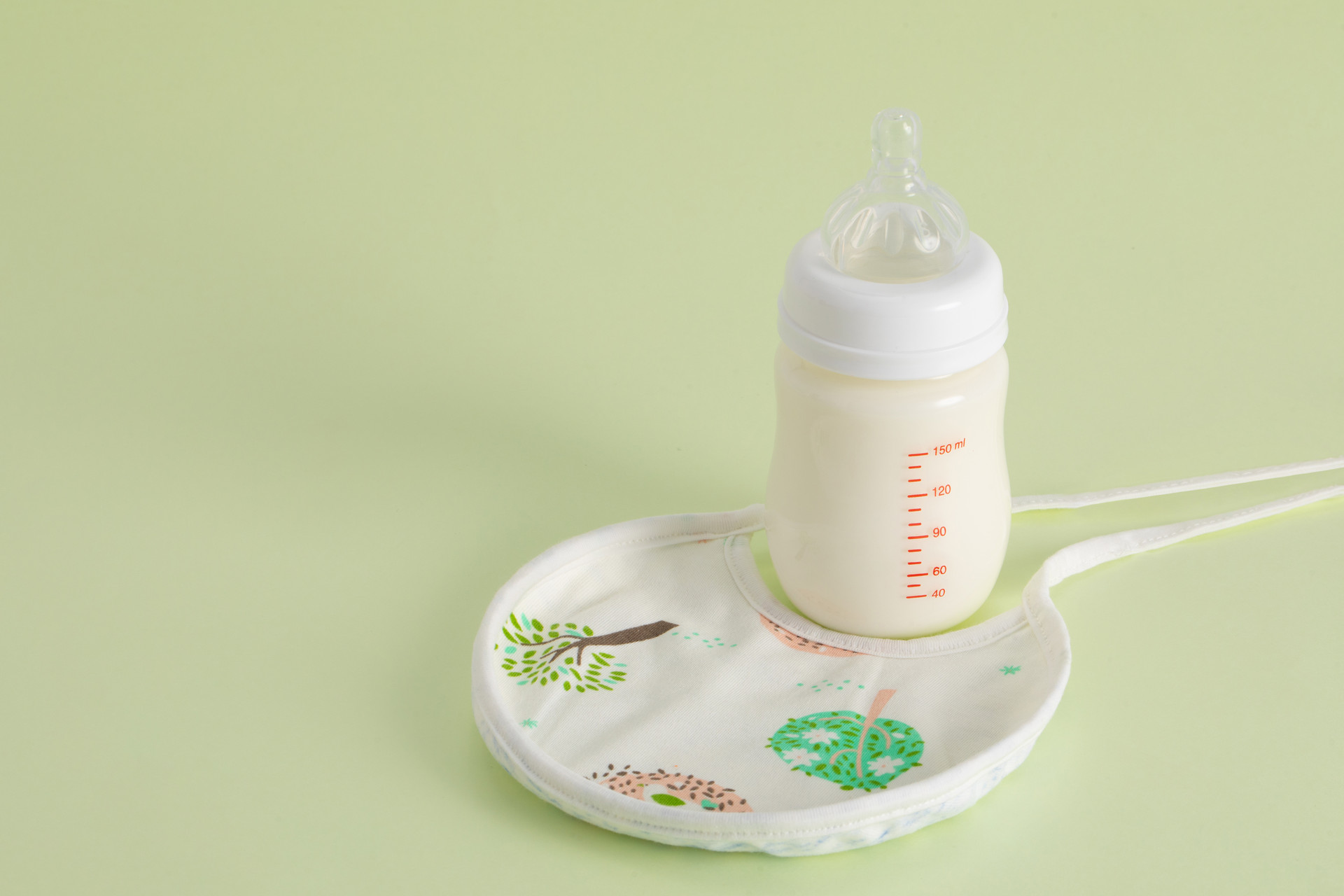Pertussis is a respiratory disease that is more common in infants. It is mainly caused by poor resistance and improper care of the baby's body. Now let's learn about the symptoms of pertussis in children and some nursing knowledge about pertussis.
I. Symptoms of Pertussis in Children
First Stage
In the beginning, the symptoms of pertussis are similar to those of common cold, with sneezing, runny nose, and fever.
At this time, the bacteria grow and reproduce on the trachea and bronchial mucosa, which can stimulate the respiratory mucosa and cause inflammation. This stage is also called the catarrhal stage, which usually lasts one to two weeks.
Second Stage
After about 2 weeks, typical paroxysmal spasmodic cough appears, characterized by a series of continuous coughs, followed by a long inhalation and chicken-like echo, until the thick secretions in the respiratory tract are expelled.
Due to severe coughing, facial swelling, and even cyanosis, bulging eyes, tears, conjunctival bleeding, and sublingual ulceration may also be seen.
At this time, "paroxysmal cough" and "echo" are produced by the stimulation of the viscous secretions in the respiratory tract on the peripheral nerves of the mucosa and the spastic glottis during inhalation.
This stage can be called the spasmodic cough stage of pertussis, which lasts for 2 to 8 weeks.
Third Stage
The paroxysmal cough gradually decreases, and the bacteria on the trachea and bronchial mucosa are eliminated. It enters the recovery stage, which lasts about two to three weeks.
II. Home Remedies for Treating Pertussis
1. Crush 1 garlic, mix with 12g licorice powder and some rock sugar, boil with water and take three times a day.
2. Crush 500g celery, extract the juice, add a little salt and wine, warm it over water, and take one cup in the morning and evening for several days.
3. Boil 15g hyacinth beans, remove the residue, add honey and drink. Take one dose daily for 5 days.
4. Take 1g green tea and 20g loquat, boil the loquat with 300ml water for 5 minutes, then add green tea, divide into 3-5 doses, and take one dose daily.
5. Take 1g green tea, 25g bamboo leaves, 15g olive, and 25g brown sugar. Boil 500ml water, add the three ingredients, boil for 3 minutes, then add green tea, divide into 4-5 doses, and take one dose daily.
6. Crush 10g garlic seeds, remove the skin, crush and soak in 50ml cold boiled water for half a day. Take three times orally.
7. Mix 1.5g Ephedra powder, 9g flour, and a suitable amount of sweet wine to make a cake. Apply it to the patient's back at the lung Yu point 2-3 times within 24 hours.
8. Boil 50g white sesame, 30g peanuts, and 50g honey in a pot. Take one dose daily for 3-5 days.
9. Boil 10g Chinese skullcap in 20ml water, add 2 spoons of honey, and take it once a day. Do not take this remedy for a long time.
III. Nursing Methods for Pertussis in Children
1. Open the windows more often
Some parents close the windows and doors tightly when they see their children coughing severely, fearing that they will catch a cold.
However, this is not correct. Due to the frequent and severe coughing of children, the lungs are overly ventilated, leading to insufficient oxygen supply and carbon monoxide accumulation. More oxygen should be supplemented.
2. Reduce smoke and dust
If there are smokers in the house, it is best not to smoke during the child's illness, or smoke outdoors.
3. Eat in moderation
Overeating can increase the burden on the gastrointestinal tract, and the heart needs to output more blood to maintain the needs of the gastrointestinal tract, which can cause insufficient blood and oxygen supply to the respiratory system and hinder the body's recovery.
4. Reduce contact
Do not contact other sick children to avoid infection and other complications, as the child's resistance and immunity are relatively low at this time.
5. Get enough rest
Pertussis has a long duration, which consumes a lot of energy for children. Children should have sufficient nutrition and rest.
Give the child easily digestible and nutritious foods, such as noodles, steamed eggs, rice porridge, etc., with a variety of varieties.
6. Eat small meals
Do not feed too quickly, and avoid excessive movement after eating to prevent vomiting. The food should not be too cold or too hot to avoid irritating the trachea and causing coughing.











